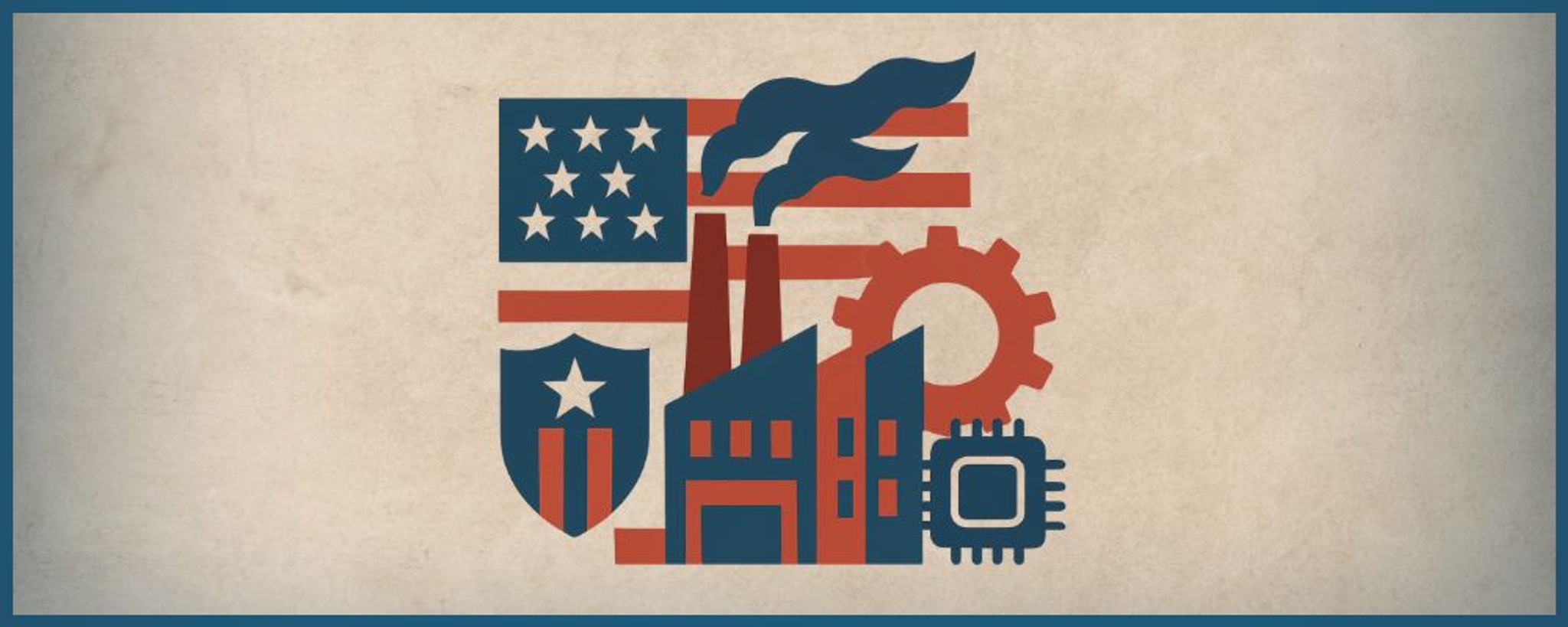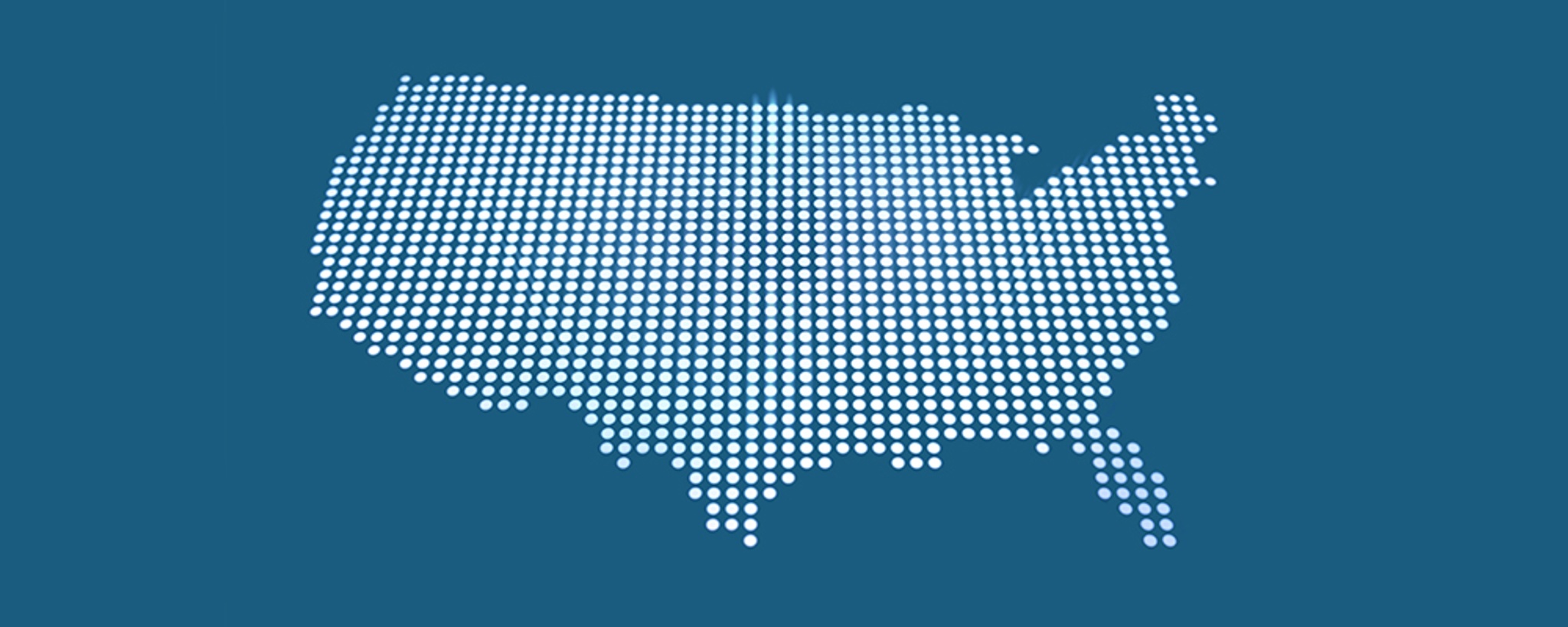National Competitiveness
Navigate forward to interact with the calendar and select a date. Press the question mark key to get the keyboard shortcuts for changing dates.
Navigate backward to interact with the calendar and select a date. Press the question mark key to get the keyboard shortcuts for changing dates.
As nations engage in a race for global advantage in innovation, ITIF champions a new policy paradigm that ensures businesses and national economies can compete successfully by spurring public and private investment in foundational areas such as research, skills, and 21st century infrastructure. Our work on competitiveness policy includes analysis of the many factors and policies driving national competitiveness, including improving innovation ecosystems and the technical capacity of high-value-added industries.

Vice President, Global Innovation Policy, and Director, Center for Life Sciences Innovation
Information Technology and Innovation Foundation
Read Bio
Head of Policy, Centre for Canadian Innovation and Competitiveness
Information Technology and Innovation Foundation
Read BioFeatured
China Is Rapidly Becoming a Leading Innovator in Advanced Industries

There may be no more important question for the West’s competitive position in advanced industries than whether China is becoming a rival innovator. While the evidence suggests it hasn’t yet taken the overall lead, it has pulled ahead in certain areas, and in many others Chinese firms will likely equal or surpass Western firms within a decade or so.
The Hamilton Index, 2023: China Is Running Away With Strategic Industries

China now dominates the strategically important industries in ITIF’s Hamilton Index, producing more than any other nation in absolute terms and more than all but a few others in relative terms. Its gains are coming at the expense of the United States and other G7 and OECD economies, and time is running short for policymakers to mount an industrial comeback.
More Publications and Events
December 19, 2025|Blogs
Venture Capital and Advanced Technologies Drive US Employment
New research from the U.S. Census Bureau shows that venture capital investment and advanced technology adoption are closely linked to higher employment and productivity. VC-backed, technology-adopting firms account for a disproportionately large share of U.S. jobs, even as venture investment has declined since 2021.
December 19, 2025|Blogs
Export Controls Should Advance U.S. Semiconductor Leadership
U.S. semiconductor export controls swing unpredictably between administrations, undermining innovation and security. The solution is a clear, bipartisan strategy that narrowly restricts the most sensitive technologies while allowing U.S. chipmakers to compete globally.
December 19, 2025|Blogs
An Important Metric Policymaker Should Watch: Foreign Receipts as a Share of GDP
One way to gauge how U.S. firms engage globally is by examining receipts from the rest of the world as a share of GDP. Policymakers should track foreign receipts as a share of GDP as a standard indicator of how U.S. firms’ global activity is evolving and whether it aligns with national economic interests.
December 18, 2025|Testimonies & Filings
Comments to OSTP Regarding Accelerating the American Scientific Enterprise
The science community must move beyond the linear model of scientific research developed and encouraged by Vannevar Bush, and realign scientific exploration with national interests, especially in the face of the growing technological and economic threat posed by China.
December 17, 2025|Blogs
Op-Art: The Missing Canary in America’s Innovation Mine
iRobot’s collapse and sale to a Chinese firm illustrate how blocking domestic consolidation in the name of antitrust can weaken U.S. technology leadership and ultimately undermine national competitiveness.
December 15, 2025|Blogs
Fact of the Week: China’s Trade Surplus in Goods Surpassed $1 Trillion in the First 11 Months of 2025
China’s trade surplus has grown from $993 billion in 2024 to $1.08 trillion in the first 11 months of 2025, making it the first country in recorded history to reach the $1 trillion milestone.
December 15, 2025|Events
Crafting a National Power Industry Strategy in Response to China’s Industrial War
Watch now for expert panel discussion on an important new report that outlines China’s goals and strategy, explains why this moment marks a historical turning point, and defines the nature and importance of national power industries. Panelists discussed flaws in prevailing China policy frameworks and explore why the field of corporate strategy should guide the creation of a coherent National Power Industry Strategy.
December 12, 2025|Testimonies & Filings
Comments to Office of Science and Technology Policy Regarding a Strategic Plan for Advanced Manufacturing
ITIF commends the Trump administration for working to develop an up-to-date, coherent National Strategic Plan for Advanced Manufacturing. The success of this effort will be vital to enhancing the global competitiveness of U.S. advanced manufacturing over the coming decade.
December 11, 2025|Blogs
Hey EU, Did Ya See the Memo?
Europe, your vision of a green, integrated, and non-disruptive world is lovely. But it’s time to wake up and build the industrial and military capabilities that today’s world demands.
December 4, 2025|Events
Policy Solutions to Non-Tariff Attacks on U.S. Technology Leadership
Watch now for an expert panel discussion as we discuss a new ITIF report on policy solutions to non-tariff attacks (NTAs), and explore the stakes for U.S. innovation, technology leadership, and global competitiveness.









